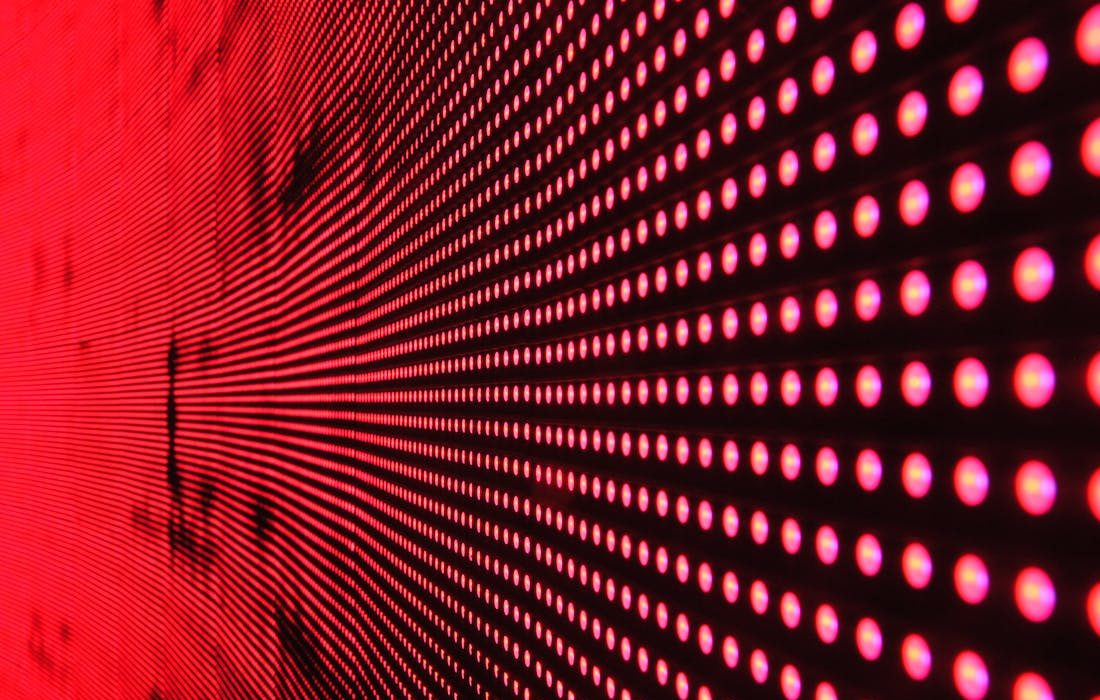Regenerative Medicine News and General Information
Red Light Can Reduce Blood Glucose Levels
The researchers found that 670 nanometres (nm) of red light stimulated energy production within mitochondria, the tiny powerhouses within cells, leading to increased consumption of glucose. In particular, it led to a 27.7% reduction in blood glucose levels following glucose intake, and it reduced maximum glucose spiking by 7.5%.
While the study was conducted in healthy individuals, the non-invasive, non-pharmacological technique has the potential to have an impact on diabetes control after meals, as it can reduce damaging fluctuations of blood glucose in the body that contribute to ageing.
The study also highlights the significant long-term consequences for human health, including the potential dysregulation of blood sugars posed by lengthy exposure to blue light.
Given the prominence of LED lighting and the fact that LEDs emit towards the blue end of the spectrum with very little red, the authors suggest that this may be a potential public health issue.
The research has been published in the Journal of Biophotonics.
Mitochondria provide energy for vital cellular processes, using oxygen and glucose to produce the energy-rich nucleoside adenosine triphosphate (ATP). Previous research has established that long-wavelength light between approximately 650-900 nm (spanning the visible through to the near-infrared range) can increase mitochondrial production of ATP which reduces blood glucose and also improves health/lifespan in animals.
The authors Dr Michael Powner, Senior Lecturer in Neurobiology in the School of Health & Psychological Sciences at City, and Professor Glen Jeffery, Professor of Neuroscience in the UCL Institute of Ophthalmology, also say that this improvement in ATP production can cause signalling changes that are transmitted throughout the body.
They suggest that it may be mediating the abscopal effect, which refers to the phenomenon in cancer treatment where specific irradiation of a primary tumour can result in shrinkage of secondary tumours located in a different part of the body.
Likewise, 670 nm light shone selectively on to the backs of mice in previous studies has been shown to result in improvements in ATP that improve symptoms in both a model of Parkinson’s disease and a model of diabetic retinopathy.
To explore the impact of 670 nm red light on blood glucose, the researchers recruited 30 healthy participants, who were then randomised into two groups: 15 in the 670 nm red light group, and 15 in the placebo (no light) group. They had no known metabolic conditions and were not taking medication.
Participants were then asked to do an oral glucose tolerance test and record their blood glucose levels every 15 minutes over the next two hours.
People who received red light exposure 45 minutes prior to drinking glucose exhibited a reduced peak blood glucose level and reduced total blood glucose during the two hours.
Sources:
Michael B. Powner, Glen Jeffery. Light stimulation of mitochondria reduces blood glucose levels. Journal of Biophotonics, 2024; DOI: 10.1002/jbio.202300521
City University London. (2024, February 20). Red light can reduce blood glucose levels. ScienceDaily. Retrieved February 21, 2024 from www.sciencedaily.com/releases/2024/02/240220203239.htm
Photo by Pixabay from Pexels: https://www.pexels.com/photo/red-dot-lights-on-black-surface-158826/

